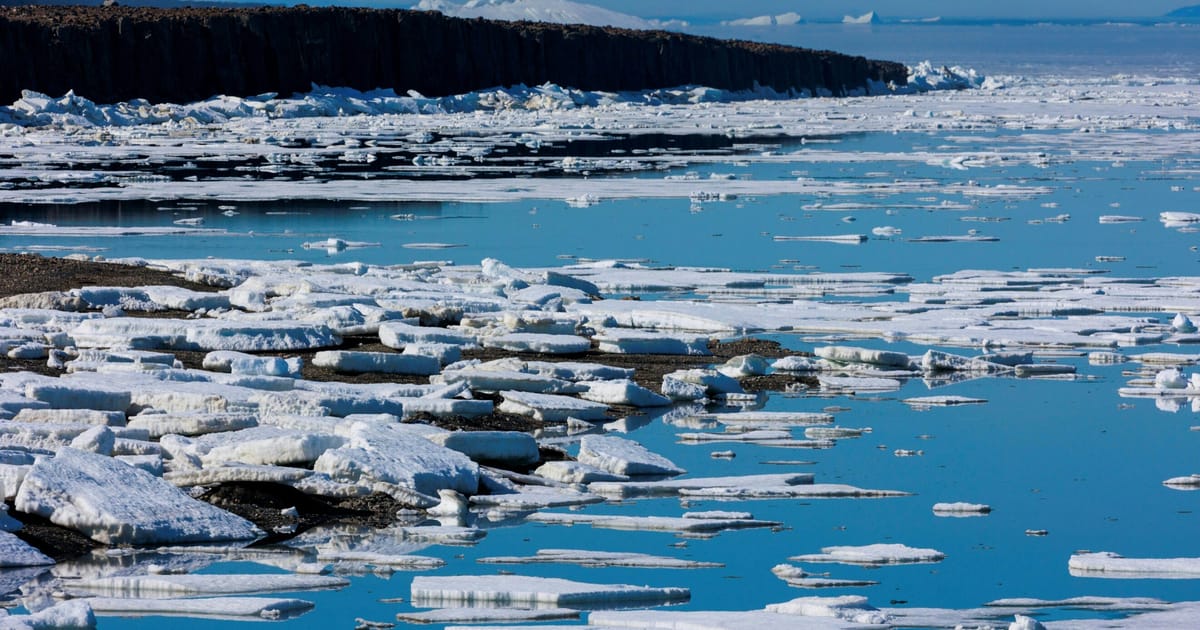A new 14,500-km subsea cable in the Arctic could reroute data traffic away from vulnerable choke points.
Thawing ice in the Arctic may open up new routes for internet cables that lie at the bottom of the ocean and carry most international data traffic. And more routes matter when underwater infrastructure is at risk of attack.
Baltic Sea gas and telecoms cables were damaged last year, with a Chinese vessel a potential suspect.
Red Sea data cables were cut last month after a Yemeni government warning of attacks by Iran-backed Houthi rebels. Over 90 percent of all Europe-Asia traffic flows through the Red Sea route.
…
“In order to meet the increasing demand, there’s an increasing pressure to find diversity” of routes, he said.
The Far North Fiber project is seeking to offer just that. The 14,500 kilometer long cable will directly link Europe to Japan, via the Northwest Passage in the Arctic, with landing sites in Japan, the United States (Alaska), Canada, Norway, Finland and Ireland.
Who needs the environment when we can get dank memes via the Arctic ice sheets

Someone do this, but make the dog a melting iceberg/ice cube
Well… the world is dying but at least we’ll have internet!
New business opportunities in the wake of the climate catastrophe!
deleted by creator
Once it all melts, we can have a new Whole Foods there!
I mean it does make the most sense. Its unfortunate the story is not about how we are doing it with subs because the thick artic sheets making it impassable.
That’s good news right?
…Right???
Looks like the new route will reduce latency between Europe and Japan by a lot.
This is the best summary I could come up with:
Thawing ice in the Arctic may open up new routes for internet cables that lie at the bottom of the ocean and carry most international data traffic.
Ik Icard, the chief strategy officer for Far North Digital, another company working on the project said the summer thaws now allow ships to install the cable while the winter freeze limits disruptions.
“We are at this sweet spot where it’s now accessible and allows us a time window when we can get the sable safely installed” while enjoying “the protection of that ice cover for a significant part of the year” against human threats, from anchor drops to sabotage attempts.
Although the shorter itinerary followed by the cable will allow lower latency — meaning a quicker transfer of data — operating in the Arctic can prove more challenging, and costly.
“The very ice that helps to protect the cable, in the unlikely event of damage, makes it more difficult to fix it,” Icard explained, meaning it could take weeks or even months to repair, depending on the time of the year.
Cinia’s Vuorinen said there is “a lot of interest” already from potential customers, such as Big Tech looking to diversify intercontinental connections to the defense and security community who could use a safer route.
The original article contains 760 words, the summary contains 213 words. Saved 72%. I’m a bot and I’m open source!







